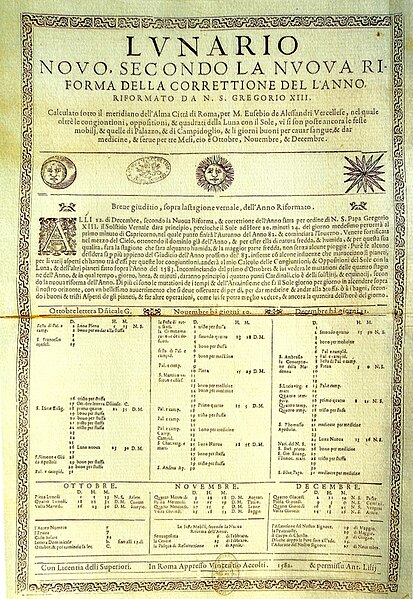Woodwose - Woodwose comes from Middle English and means "wild man." All sorts of mythological traditions from around the world have some type of woodwose, but they are remarkably popular in early European myths. One woodwose I had not heard of and found interesting was Silvanus.
Silvanus - Silvanus, meaning "of the woods" in Latin, is a Roman protector spirit of the woods and fields. I found it interesting the Silvanus is most likely not a Hellenic deity but was most likely an original Roman deity given that the Etruscans had a very similar deity with roughly the same name. In art, Silvanus is recognizable because he is always seen carrying a branch from a cypress tree
Bronze statue of Silvanus.
Source: Wikimedia Commons
Mediterranean Cypress - Cupressus sempervirens, more commonly known as cypress, is a tree found throughout the eastern half of the Mediterranean. The species name, sempervirens, is Latin for "always green."



